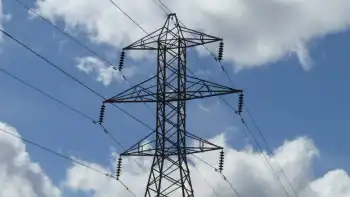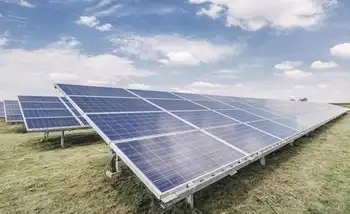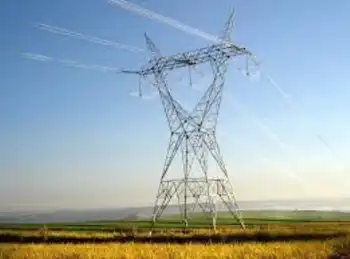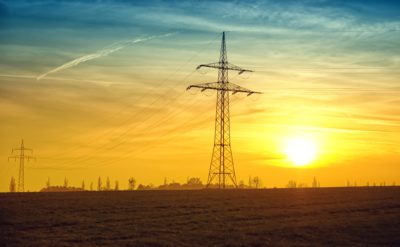The real reason for fear
By Senator Lamar Alexander, Washington Times
Substation Relay Protection Training
Our customized live online or in‑person group training can be delivered to your staff at your location.

- Live Online
- 12 hours Instructor-led
- Group Training Available
In our country, fears about safety, proliferation and waste disposal have stymied the "atoms for peace" dream of low-cost, clean nuclear energy. Still, the 104 U.S. reactors built between 1970 and 1990 produce 19 percent of America's electricity and 70 percent of our carbon-free electricity. What Americans should fear most about nuclear power is this: The rest of the world will use it to create low-cost, carbon-free electricity while we — who invented the technology — will not. This will send our jobs overseas looking for cheap energy.
China, which just passed the United States as the world's largest carbon emitter, recently upped its goal for nuclear reactors to 132. Russia, the No. 3 emitter, plans two new reactors every year until 2030. Of the next two emitters, India has six reactors under construction and 10 more planned. Japan already has 55 reactors, gets 35 percent of its electricity from nuclear, has two reactors under construction and plans for 10 more by 2018. Of the top five emitters, who together produce 55 percent of the carbon in the world, only the United States has no new nuclear plants under construction.
Worldwide, there are 53 reactors under construction in 14 countries, most in Asia. South Korea gets nearly 40 percent of its electricity from nuclear and plans another eight reactors by 2015. Taiwan gets 18 percent from nuclear and is building two new reactors.
In the West, France gets 80 percent of its electricity from nuclear and has among the lowest electricity rates and carbon emissions in Western Europe (behind Sweden and Switzerland, which are each half-nuclear). Great Britain has hired the French electric company EDF to help build reactors. Italy has announced it will go back to nuclear.
These countries developing nuclear power aren't just selling it to themselves. Areva, the French giant, is building reactors in Finland, China and India. The Russians have signed deals with China, Iran, India, Nigeria and Venezuela. The Russians are even selling fuel to six American utilities. India and Russia are developing small reactors to market to developing nations.
So where does this leave the United States? Well, we still know how to run reactors better than anyone else. Our 104 plants are up and running 90 percent of the time. We have 22 applications pending or expected but haven't started construction on any new ones — and the 104 we have will begin to grow too old to operate in 20 years.
That is why the United States should build 100 new nuclear plants in 20 years. This would bring our nuclear-produced electricity to more than 40 percent. Add 10 percent for hydroelectric dams, 7 percent and 8 percent for wind and solar (now 3 percent), 25 percent for low-carbon natural gas, and you begin to get a real clean electricity policy. In fact, just doing these things plus electrifying half our cars and trucks would likely bring us close to the goals of the Kyoto Protocol for global warming for 2030.
The alternative is the Obama administration's plan to produce 20 percent of America's electricity from wind power. This would mean erecting 186,000, 1.5-megawatt, 50-story wind turbines occupying an area the size of West Virginia, not to mention 19,000 miles of transmission lines to bring electricity to population centers.
And what about the old fears of nuclear? Mr. Obama's Nobel Prize-winning Energy Secretary Steven Chu says nuclear plants are safe. He proposes handling used nuclear fuel by: (1) storing it on site for up to 40 to 60 years and (2) researching the best way to recycle used fuel so pure plutonium never is created.
The real fear about nuclear power is that Americans will wake up one cloudy, windless day when the light switch doesn't work and discover we've sent our jobs overseas looking for cheap electricity because we ignored the low-cost, no-carbon technology that we invented — nuclear power.











